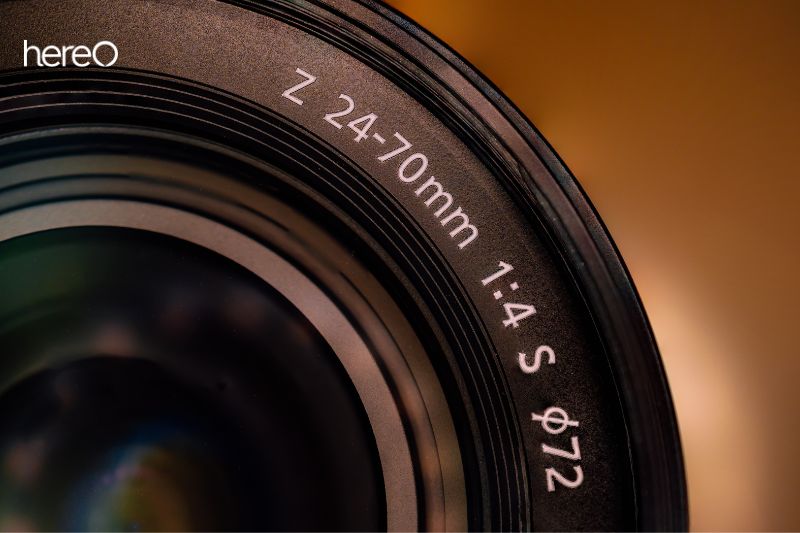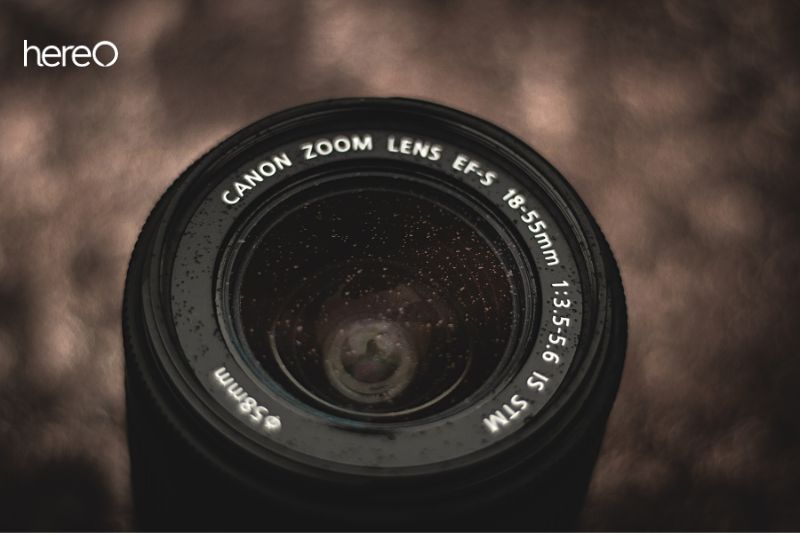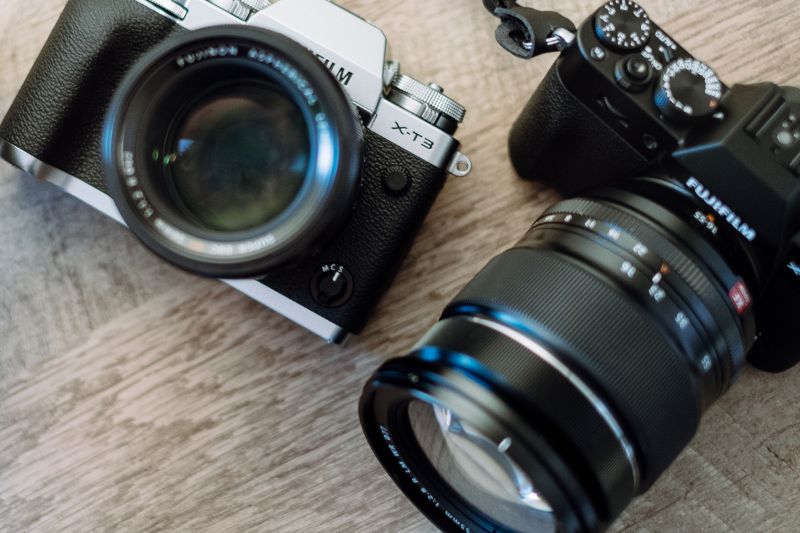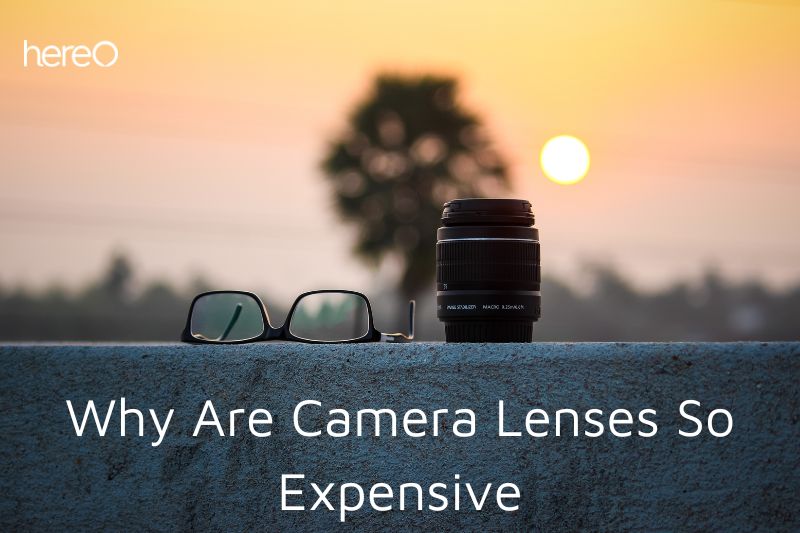It is not necessary to be a professional to understand that taking pictures is not a cheap hobby. You need to be able to use pricey equipment and experiment with various camera models if you want to start your journey into advanced photography. So, why are camera lenses so expensive?
Contents
What Is a Lens

A lens is a device that directs light toward a focused area. The lens of a film camera provides light to the film strip, whereas the lens of a digital camera (such as a DSLR or mirrorless camera) sends light to the digital sensor. Convex (curved outward) or concave glass plates are used to construct camera lenses (curved inward).
Why Are Camera Lenses So Expensive?

Lens Construction
Although a lens design may appear to be a modest, straightforward tool, there is much more to it. It functions as a light-controlling device by bending and filtering light through a number of internal lens body components.
It is essential to be extremely accurate when determining these elements’ shape, thickness, clarity, curvature, and placement. The exterior structure needs to be strong and well-built. There is also the weather-sealing feature, which goes without saying.
Due to its resistance to water, dust, and dirt, a lens with a weather-sealing construction can function even outdoors in challenging situations. If you choose a weather-sealed lens, you should also get a weather-sealed camera. After all, what good is a lens that can withstand inclement weather if your camera can’t?
Additionally, the lens needs to be portable and tiny enough to be used when attached to a camera. The design process is made more challenging by the need to fit the appropriate components inside the lens body.
Research & Development
The research and development, or R&D, that businesses invest in their goods is another element that raises the price of high-quality optics. This research may include determining the best materials to employ in addition to how to create a new lens.
R&D teams are also tasked with determining what to produce. It is crucial to research emerging photographic trends and comprehend the market for which they are creating new lenses.
These investigations frequently require labor- and time-intensive extensive polling and market research.
In the very cutthroat world of photography, it is also crucial that businesses keep on the cutting edge of new developments in both technology and materials.
This strategy aids the business in preventing the temptation for its devoted clients to move providers in search of fresh services that promise greener pastures. Of course, the cost of this research is added to each finished product that is sold.
High-Quality Raw Materials
Although the process of production was complex, the materials used to make a lens are also not inexpensive. To ensure that the lens performs as intended, consistently, and for a long period, the manufacturer must employ high-quality materials while making lenses. The lens elements are one of the areas where this is crucial.
Ghosts and flares are issues brought on by reflection within the lens, which also causes image duplication and the transfer of non-image light to the picture.
In order to create optics that can render an image with the least amount of unintentional optical deterioration, lens manufacturers use lens coatings. This procedure is very expensive and difficult.
Precision Manufacturing

The lens must be built once you have all the required parts and an acceptable design. It is difficult to fit all of these precise, high-quality components into a small box with tight tolerances. Precision equipment and highly qualified people are needed for the perfect positioning and tight calibrations.
Of course, but since a machine cannot do it, there is a slightly greater need than you might anticipate for expert craftspeople, and not just a handful of them.
Without a doubt, all of this drives up the price of production. Additionally, they must be created in a practically sanitary environment to stop moisture, dust, and other contaminants from getting within the body before it is sealed.
Another element that goes into their exorbitant cost.
Other Factors That Influence Lens Cost

Focal Length
When choosing the best lens for your style of photography, you should give careful consideration to the focal range, one of the primary considerations when it comes to lenses.
The focal length is the distance that light must travel to reach the camera sensor from the lens’ optical center. It is typically measured in millimeters and is shown on the lens barrel (mm). Additionally, the names of the lenses are derived from the focal ranges they provide.
While a longer focal length produces a more zoomed-in image, a shorter focal length produces a more zoomed-out image.
The price of the lens is occasionally affected by the focal length, though this is not always the case. Cost-wise, telephoto lenses are typically more expensive.
Aperture
When choosing a lens, the aperture is a crucial component that should be taken into account roughly equally to the focal length.
Given that it is measured in f/stops and is denoted by the numbers 1.4, 2, 2.8, 4, 5.6, 8, 11, and 16, aperture is also known as F-Stop. Similar to how the focal length is given, the aperture will appear on the lens name and, most likely, on the barrel.
The amount of light entering the camera is managed by the aperture. The f-number controls how much light enters the camera; the lower the f-number, the more light enters the camera. You can change the aperture size to allow more or less light to reach the camera sensor.
Built-In Image Stabilization
The majority of modern cameras have built-in image stabilization, particularly the newest flagship models. It basically refers to how steady the optical system is while shooting with a camera.
The good news is that your lens might have stabilization if your camera doesn’t. However, the cost will also be higher. Different stabilizing technologies are employed by various lens makers, but they all serve the same aim of ensuring that the images are clear and shake-free.
The quantity of steady content you can obtain if you have a flagship camera with built-in stabilization and a lens with one is astonishing.
Bokeh Effect
Simply said, bokeh is the appealing or aesthetically acceptable aspect of the out-of-focus blur in a shot. Bokeh is described as the effect of a soft out-of-focus background that you receive while shooting a subject.
The fact that not all lenses have the same bokeh effect and that they vary in price is what makes this section so important.
A wide aperture is used to transform a crowded background into a soft expanse of color while creating bokeh, which is the art of transforming little points of light into soft circles.
Are Expensive Camera Lenses Worth It?

If you’re in the market for one, it’s worthwhile to spend a little money. The reasons are that pricey lenses are strong and generate output of a high caliber. So as a professional photographer, you must invest in camera lenses if you want to produce high definition photographs and films.
When comparing the prices of lenses on the market, you will discover that the majority of professional and high-quality lenses are expensive. The majority of professional photographers frequently use and suggest expensive lenses, which drives up the price of camera lenses.
Finally, a lot of lens makers charge more for their goods than they should because they think their clients would be willing to pay more.
Are Cheap Camera Lenses Any Good?

Let’s first examine the definition of cheap lenses before addressing the subject of whether or not they are any good for cameras. A budget lens is less expensive than an equivalent professional lens.
The brand, materials utilized, and construction quality are the primary differentiators. The factors of construction and the caliber of the materials utilized in the production process have previously been covered elsewhere in this discussion.
Technology constantly expands the realm of the possible. The way light passes through lenses and is focused after being divided has been improved as a result of advancements in optical glass and lens technology over time.
Today, chromatic aberrations may be almost completely eliminated thanks to the introduction of fluorite components.
On the other hand, because these technologies are pricey, they have driven up the cost of lenses.
Cheaper lenses either use outdated technology or are less sophisticated versions of lenses with more advanced technology. Their optical performance falls short of that of more expensive lenses equipped with cutting-edge technology.
Despite this, many photographers are still actively employing these outdated technologies with these lenses. They are aware of the limits of these lenses and find ways to get around them so that the image quality is acceptable.
FAQs about Why Are Camera Lenses So Expensive

Why are 35mm lenses so expensive?
The flange to sensor distance on an SLR accounts for the 35mm lens’ higher price. To fit between the lens mount and the film or sensor on the SLR, a mirror box is required.
When it comes to wide angle lenses, mirrorless bodies have a significant advantage because the lens design can be more straightforward and compact.
Does expensive camera lens make a difference?
Yes, usually, the more expensive lenses have better coatings on both the inside and outside. In addition to other things, coatings assist in reducing light scatter, which can improve light transmittance.
Why are expensive lenses better?
A silent wave motor is used in more expensive lenses, which results in faster and quieter focusing.
Does camera lens affect picture quality?
Your lens has a significant impact on the quality of your camera’s photographs. The image is produced by the instrument.
Conclusion
This is why camera lenses are so expensive. They require pricey equipment and experimentation to get the perfect shot. So, if you’re looking to get into advanced photography, be prepared to invest some money into your hobby.
Thank you for reading. We hope you enjoy reading this article from HereOfamily.
